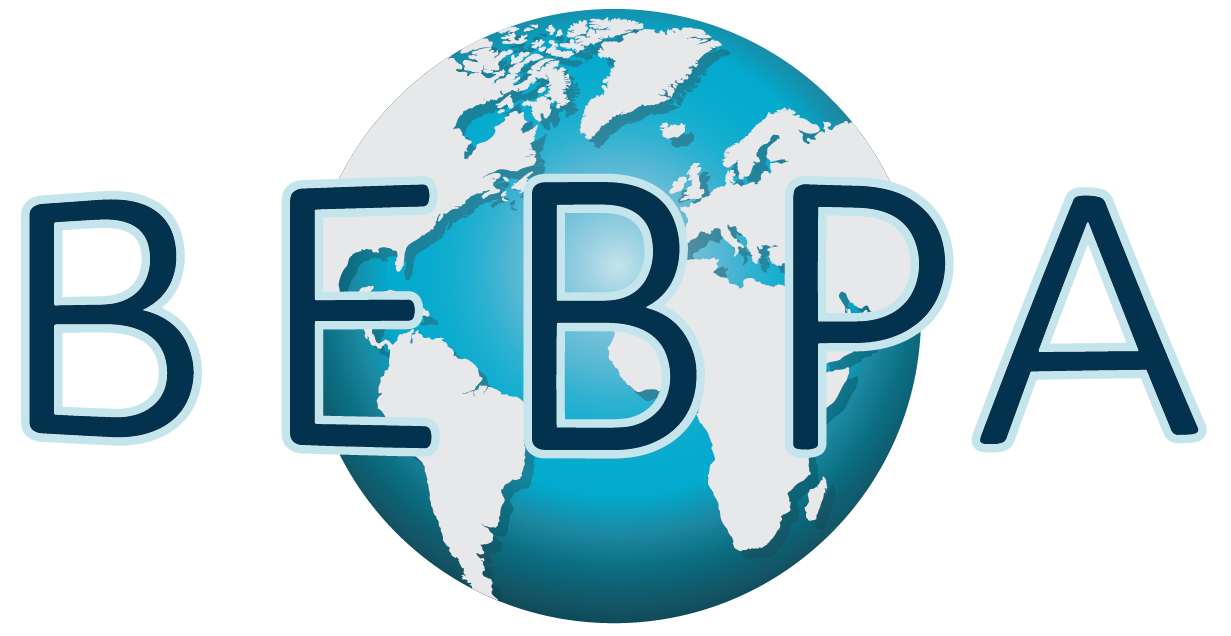BEBPA Blog
Tech Briefing: The Importance Of Being Potent (with apologies to Oscar Wilde)
By Mike Sadick, Senior Director of CMC Analytical Development, Imugene
The need for potency assays for biopharmaceutical therapeutics has been recognized for some time. The regulatory agencies from all ICH-abiding countries require one or more potency assays as part of the release suite of assays associated with DS and DP. Entire programs have been put on clinical hold for lack of a well-reasoned and supported potency assay.
Importantly, potency assays are not intended to be used for determining therapeutic dosing (in vivo). Dosage is established by a combination of concentration determining assays and clinical studies. Instead, potency assays are utilized to assess whether or not the therapeutic in the DS or DP is in the proper state and/or conformation to be usable/efficacious, thus legitimizing the use of the concentration determination for dose determination.
Put quite simply, a potency assay measures the induction (or inhibition) of a clinically relevant activity by a therapeutic moiety. If that activity is to induce a biological response, then a potency assay should be a bioassay. The activity may be engagement and activation of a receptor, the activation of cytoplasmic signaling inducer elements, induction of a transcriptional event, induced production of protein, or downstream final cellular event(s) or protein/protein interaction(s). Except for a few limited scenarios, simply a measured binding event (e.g., ligand/receptor or antibody/target) would not be considered a potency assay.
These days, most potency assays/bioassays are designed and executed as in vitro assays (with vaccine potency assays being one of the exceptions to this) that are reflective of therapeutic in vivo activity. The potency assay/bioassay does not necessarily need to be biomimetic to the in vivo therapeutic activity. But it does need to reflect it in such a way that loss (or gain) of measured activity in vitro corresponds to a similar loss (or gain) of therapeutic activity in vivo.
The targeted deliverable for a potency assay/bioassay is a system that is
- Reflective of in vivo therapeutic activity
- Linear
- Accurate
- Precise, and
- Robust
When listing the requirements for an acceptable potency assay it might seem overwhelming know that many have been down this road and have developed assays to support licensure. At the upcoming BEBPA EU Bioassay conference, 25-27 September many talks have been recruited to exemplify how it can be done. These talks include:
Yvonne Beck, Senior Scientist at Pfizer Manufacturing Austria GmbH, will discuss development of a potency assay in her talk, “The Road to In Vitro Potency Assay”.
Jon Christensen, Senior Scientist at Novo Nordisk A/S, will present a bioassay optimization case study in his talk, “Optimization of an Early Phase Enzyme-Based Potency Assay to Detect NN1 Activity”.
Plus, two US FDA speakers
will be talking about case studies in their laboratories for developing potency assays.
(Abstracts still pending legal approval.)
Various platform assay case studies will be discussed during the conference. These include:
- Developing a Flow Cytometry Assay
- Developing a GLP1 agonist bioassays – A Comprehensive Study of Being Precise and Representative
- Development of a Robust Reporter Gene Cell Line for Potency Assessment of AAV-induced Gene Therapy
- Development & Qualification of a Tailored Bioassay Approach for Assessing Agonistic Activity of Immune-checkpoint Antibodies
- Development, Qualification and Validation of a Serum Bactericidal Assay (SBA) for Clinical Testing
Our brochure is constantly being updated as our speakers obtain permission to post their abstracts – so please check it out HERE.
This conference is the go to meeting for gaining scientific, regulatory and practical hints about bioassay. It traditionally sells out, so please register today to make sure you will be there!
